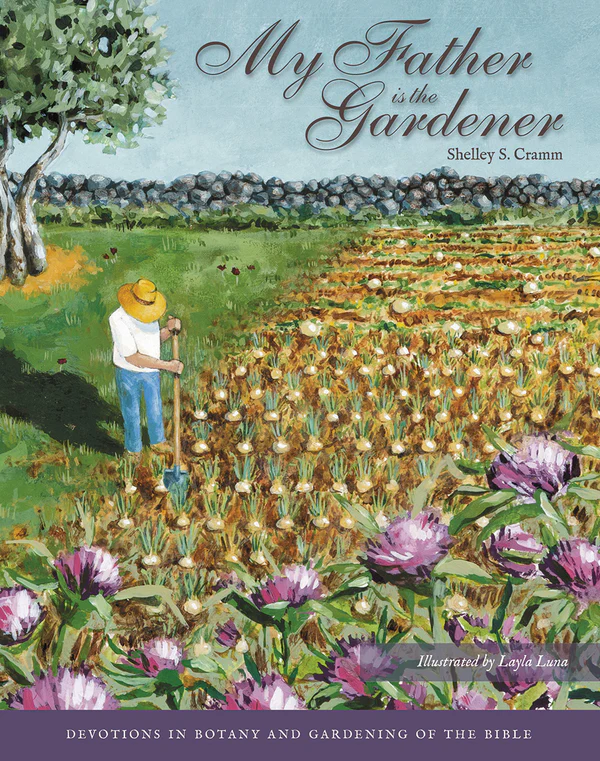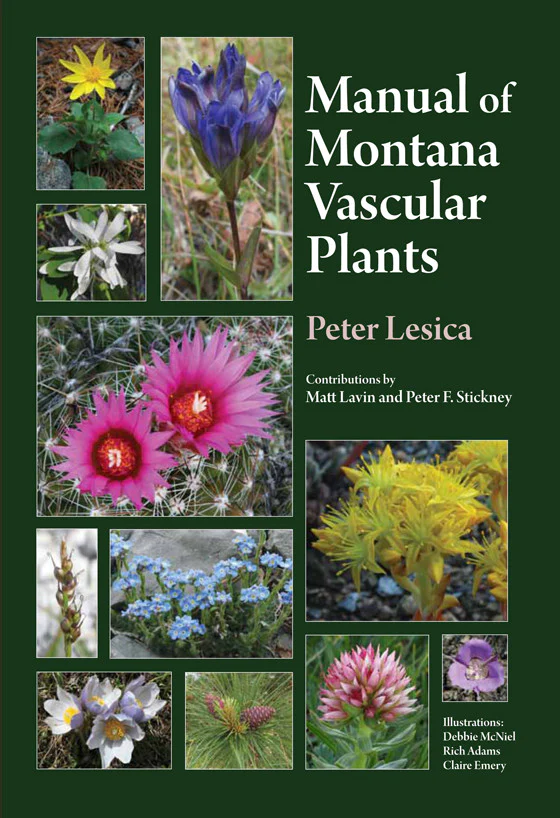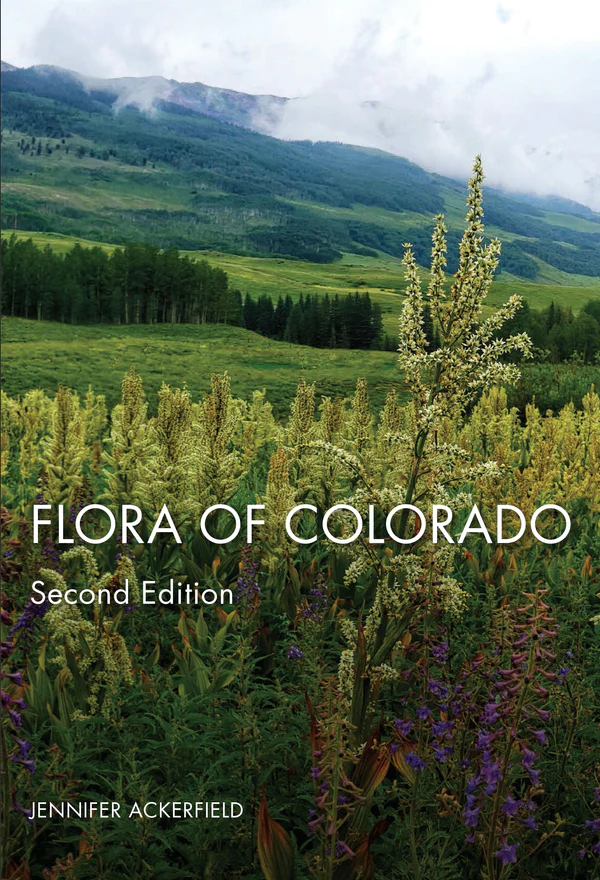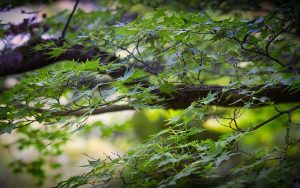
Other Fall Releases Provide Important References for the Plants of Colorado and Montana
Many gardeners find the work of tilling the ground, planting seeds and caring for plants deeply meaningful. It is a way to still the mind of worries and find peace in the natural world.
Author Shelley S. Cramm and illustrator Layla Luna have explored gardening as a spiritual practice and linked this experience to the plants and gardens of the Bible in their new book My Father Is the Gardener: Devotions in Botany and Gardening of the Bible, now available from BRIT Press.
The book leads readers through the work of tending a garden—chores like preparing soil, watering, weeding, cultivating, and composting—to understand these practices as enriching metaphors full of wisdom and meaning in daily life. Cramm’s selection of Biblical plants, from flower bulbs to vegetables to shade and fruiting trees, connects horticultural subtleties to the deeper purposes of God.
The book combines illustrations by painter Layla Luna with classical botanical illustrations and macrophotography of press plant specimens from the BRIT Herbarium and other institutions.
You are invited to attend a book signing featuring both the author and illustrator on Nov. 26 from 11 am to 2 pm at the Garden Center Gift Shop. The book will make a wonderful gift for the gardener or nature-lover in your life.
And look for a book talk and meet the author event in the first quarter—plans are being finalized now.
Other Fall Releases
BRIT Press also announces two other releases for the fall.
The Manual of Montana Vascular Plants by Peter Lesica is a comprehensive field guide to the more than 2,500 species of Montana’s vascular plants. It contains descriptions as well as habitat and distribution information based on specimens housed at the state’s two major herbaria. Portraits or illustrations of diagnostic structures are provided for nearly one-third of the species. The book is currently on sale for 25 percent off, so shop now.
The Flora of Colorado, 2nd Edition is a comprehensive dichotomous key to the vascular plants of Colorado, complete with detailed descriptions, distribution maps, habitat information, flowering times and elevation ranges for all species. The aim of this book is to enable students, researchers, amateur and professional botanists or anyone interested in the flora of Colorado to successfully identify the plants they encounter with confidence and satisfaction.
Remember BRIT Press offers dozens of titles, from comprehensive reference books to biographies and histories. Shop now for the plant-lover in your life.








